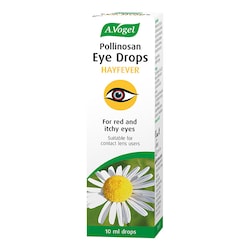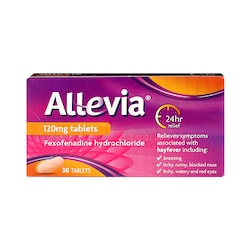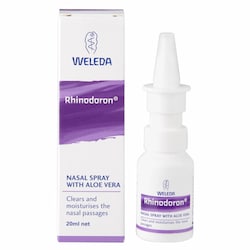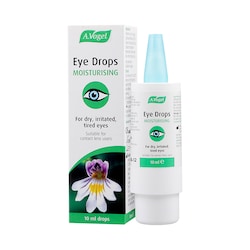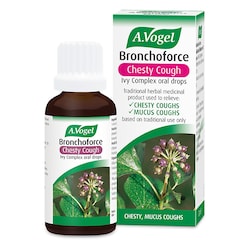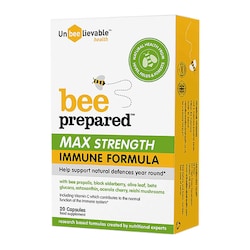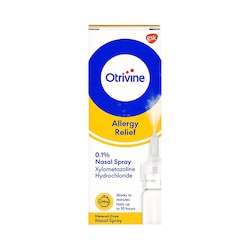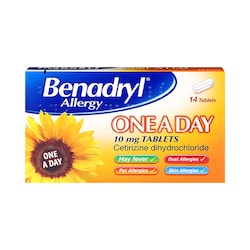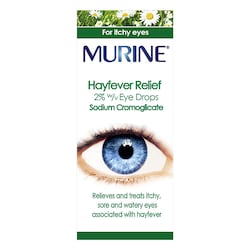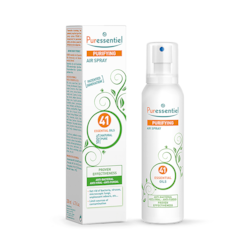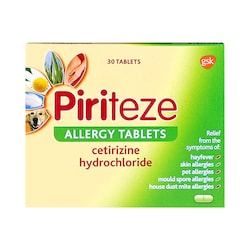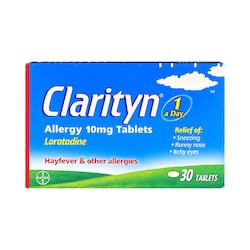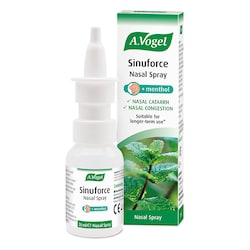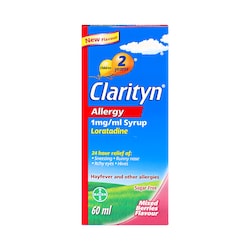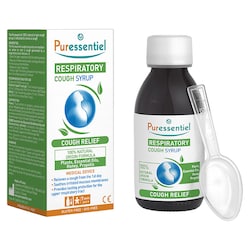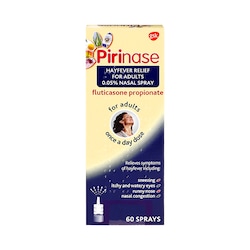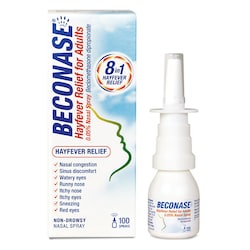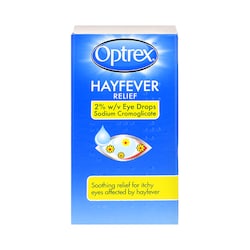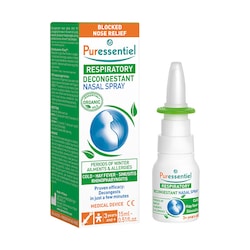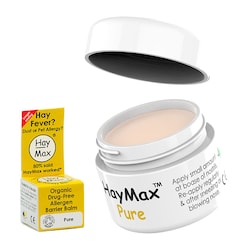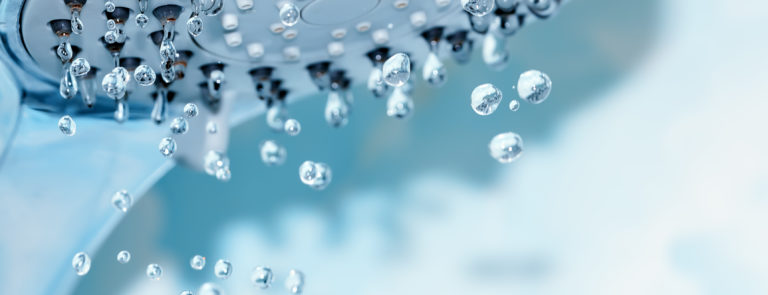20% off £30
What does hypoallergenic mean?
.png)
You may have seen or heard of hypoallergenic products already – but what does it actually mean? Can you use hypoallergenic products if you have allergies?
Get the answers to these questions and more in this article.
What does it mean if something is hypoallergenic?
Hypo – meaning less. Allergenic – meaning provokes a reaction, e.g., a skin rash.
If you have allergies, you probably already look for products labelled ‘hypoallergenic’ to try and reduce your chances of experiencing an allergic reaction.
Hypoallergenic is often used to describe products that contain fewer allergy-producing substances, aka allergens, than the norm.
However, not all hypoallergenic products are created equally.
There is currently no set legal or scientific definition of the term hypoallergenic, so “The term means whatever a particular company wants it to mean,” according to the FDA (Food and Drug Administration).1
Cosmetics, clothing, toys, and even pets, (we see you cockapoos!), can be labelled ‘hypoallergenic’ without having to meet any official standards.
What products can be hypoallergenic?
There is seemingly no limit to what can be labelled hypoallergenic.
The term can be used to describe a variety of products, with some of the most popular including:
- Moisturiser
- Soap
- Sunscreen
- Mascara
- Foundation
- Shampoo and conditioner
- Hair dye
- Hairsprays
- Clothing
- Baby wipes
- Baby formula
- Children’s sunscreen
- Nappies
- Baby clothes
- Nappy creams
- Toys
- Bed linen
- Duvets
- Pillows
- Mattresses
- Cleaning sprays
- Laundry detergent
- Fabric softener
- Washing up gloves
- Cleaning cloths
- Food
- Drink
- Pet food
What does hypoallergenic mean in skincare?
e.g., moisturisers, cleansers, toners, soaps, and sunscreens
If you have sensitive skin or skin allergies, chances are that you’ve already eyed-up the hypoallergenic skincare products on the shelves.
Generally, they tend to avoid certain colours, fragrances, harsh ingredients and essential oils.
It’s worth noting that both artificial and natural compounds can cause allergic reactions or skin sensitivities, so it’s important to identify and single-out specific ingredients that you need to avoid.
What is hypoallergenic soap?
Hypoallergenic soap tends to be catered towards people with skin concerns and sensitive skin.
They are usually made with gentler ingredients and without any fragrances or artificial colours.
Is hypoallergenic good for skin?
If you are allergic or sensitive to certain ingredients commonly used in skincare products, a hypoallergenic formula could be good for your skin.
On the other hand, hypoallergenic skincare could have another ingredient inside that could make your allergies flare up – it’s just less likely.
Ultimately, you just need to get to know what works and what doesn’t work for your skin.
What does hypoallergenic mean in makeup?
e.g., mascara, eyeliners, foundation, and eyebrow pencils
Makeup often spends more time on our face than other skincare, so it only makes sense that if you opt for hypoallergenic moisturisers, etc, that you’d do the same for your makeup.
Hypoallergenic makeup is typically gentler on the skin and tends to be colour and fragrance-free.
Mineral-based makeup products are quite popular with people concerned with allergens, as they don’t easily expire or harbour bacteria.
What does hypoallergenic mean in hair care?
e.g., shampoos, conditioners, hair masks, hair dyes, and hair sprays
Hypoallergenic hair products tend to avoid synthetic dyes, fragrances and harsh ingredients.
Henna is a common replacement for synthetic dyes in people with allergies, as it has a very low-allergic potential in its pure form.2
Look out for chemical colouring additives added to henna products though, as they tend to cause allergies.
What does hypoallergenic mean in clothing?
e.g., jumpers, jeans, t-shirts, underwear, and socks
Unlike makeup or fancy hair products, clothes aren’t really something you can avoid because of allergy concerns.
People with sensitive skin often opt for hypoallergenic clothing made from organic cotton fabrics, like cotton, linen, wool, and silk in place of synthetic materials that can be irritating.
Hypoallergenic clothes manufacturers also tend to avoid chemical additives, tanning agents and clothes finishes like formaldehyde, which is used to help prevent wrinkles.
What does hypoallergenic mean in baby and child care?
e.g., wipes, formulas, sunscreens, nappies, clothes, creams and toys
It’s only natural to be picky when it comes to skincare products for your children.
Babies, in particular, have notoriously sensitive skin as it is much thinner, loses water faster and is very prone to dryness.
Their skin also has a less developed barrier function, so it absorbs substances faster, including bacteria and harsh chemicals.
Hypoallergenic baby and child products take these factors into consideration and tend to be very mild, cleansing, and fragrance free.
Naturally soothing ingredients like calendula, shea butter and coconut oil tend to crop up a lot in hypoallergenic-friendly products.
Babies’ and children’s’ toys are also a concern for some parents, which is why some people opt for toys, teddies, and teethers made with hypoallergenic materials.
What does hypoallergenic mean in bedding?
e.g., duvets, pillows, bed linen, and mattresses
Nobody wants to wake up to an allergic reaction in the morning, and itching, wheezing, and sleeping can definitely interrupt a good night’s sleep.
Hypoallergenic bedding claims to reduce the chance of an allergic reaction at night by creating an environment that allergens struggle to survive in.
Pollen, dust, bed bugs, mites and mould are all common culprits.
Wool, organic cotton, bamboo and other ‘breathable’ fabrics tend are generally considered more hypoallergenic than others like goose down.
Hypoallergenic bedding is also commonly treated with anti-dust mite and anti-fungal coatings and tends to be tightly woven so dust mites can’t creep in.
What does hypoallergenic mean in cleaning?
e.g., sprays, laundry detergent, fabric softeners, cleaning cloths, and gloves
Household cleaning products often contain harsh chemicals to kill all those nasty germs, as well as strong odours to mask any lingering smells.
Unsurprisingly, these strong substances can trigger allergies and sensitivities.
People with allergies often choose to use hypoallergenic cleaning products that use more natural ingredients and fragrances.
For the more DIY-inclined, home-made cleaning products are also an option.
Laundry products, like detergent and fabric softeners, can also be a concern for people with allergies, which is why they may opt for fragrance-free hypoallergenic products.
What does hypoallergenic mean in food?
People sometimes choose to follow specially designed hypoallergenic diets to minimise the risk of an allergic reaction.
Doctors commonly recommend that a patient follow a hypoallergenic diet to help them determine whether they’re allergic to certain foods.
Wheat, eggs, soy and milk are all off the menu with a hypoallergenic diet, as they are some of the most common food allergens.
According to Dr. Julia Gonen from Gaia Naturopathic clinic, you should also avoid the following foods:
- Vegetables: Corn, peppers, tomatoes, mushrooms, and potatoes as they contain chemicals that can trigger allergic reactions. Frozen, canned, and jarred vegetables should also be avoided. People with a ragweed allergy should also avoid iceberg lettuce, safflower oil, chamomile, chicory.
- Fruits: Bananas, melons, citrus fruits (grapefruit, orange, etc.), strawberries, dried fruits
- Grains: Anything with gluten (wheat, rye, spelt, barley, kamut), e.g., bread, pastries, and pasta
- Legumes: Soybeans and soy products, e.g., tofu, soy milk, miso, tempeh
- Nuts and seeds: Peanuts, cashews, sesame seeds, pistachios, and any salted / flavoured nuts
- Animal products: Red meat, processed meat, shellfish, catfish, dairy and eggs
- Condiments: Table salt, refined oils, margarine, all sweeteners except stevia, agave syrup and brown rice syrup
- Drinks: Caffeinated drinks, alcohol, dairy, soy milk, fruit drinks with added sugar, and all vegetable drinks3
Instead, you are encouraged to eat the following foods
- Vegetables: All fresh vegetables, including cucumbers, broccoli, carrots, brussels sprouts, onions, garlic, beets, leeks, cauliflower, cabbage, green beans, asparagus, leafy greens, and sweet potatoes
- Fruits: All fresh fruits and sugar-free fruit sauces
- Grains: Brown rice, millet, quinoa, teff, buckwheat, amaranth, alternative pastas
- Legumes: All legumes except soy, e.g., peas, lentils, beans
- Nuts and seeds: Almonds, hazelnuts, pecans, Brazil nuts, pumpkin seeds, walnuts, and sunflower seeds
- Animal products: Free-range chicken and turkey that’s been fed an organic, hormone-free, and grain free diet
- Condiments: Olive oil, flax oil, herbs, species, sea salt, nut butters, hummus, additive free sauces, apple cider vinegar, brown rice vinegar, fresh lemon juice, stevia, brown rice syrup, agave syrup
- Drinks: Filtered water, 100% fruit and vegetable juices, herbal teas, green tea, rice milk, nut milks
What does hypoallergenic mean in pets?
Having an allergy and wanting a pet can be very difficult – do you suffer to have the furry pal of your dreams? Or do you give up on the idea of having a pet altogether?
Although a hypoallergenic pet technically does not exist, some species and breeds shed less hair, which is sometimes the cause of allergic reactions.
Some potentially hypoallergenic pets up for grabs like:
- Sphynx cats
- Bichon frises
- Syrian hamsters
- Portuguese water dogs
- Devon rex cats
- Parakeets and budgies
- Leopard gecko
- Snakes
- Goldfish
- Pigs
- Cockapoos
- Cavapoos
Just remember, there is no guarantee that any pet will be hypoallergenic – you can be allergic to pretty much anything.
What does non-allergenic mean?
The term non-allergenic is pretty definitive: something that is not allergenic or does not cause an allergic reaction.
As you can probably imagine, this is almost impossible statement to make as people can be allergic to pretty much anything.
The final say
- Hypoallergenic products crop up everywhere, from skincare and makeup to baby care and food
- It is often used to describe products that contain less allergens than you would find in your normal, non-allergenic products
- However, the term hypoallergenic has no set legal or scientific definition, so can mean ‘whatever a particular company wants it to mean’
- Hypoallergenic products could be good for reducing sensitivity and allergy reactions, but ultimately, it is better to find out what you are allergic to and avoid that instead
The advice in this article is for information only and should not replace medical care. Please check with your GP or healthcare professional before trying any supplements, treatments or remedies. Food supplements must not be used as a substitute for a varied and balanced diet and a healthy lifestyle.
Last updated: 21 February 2022


